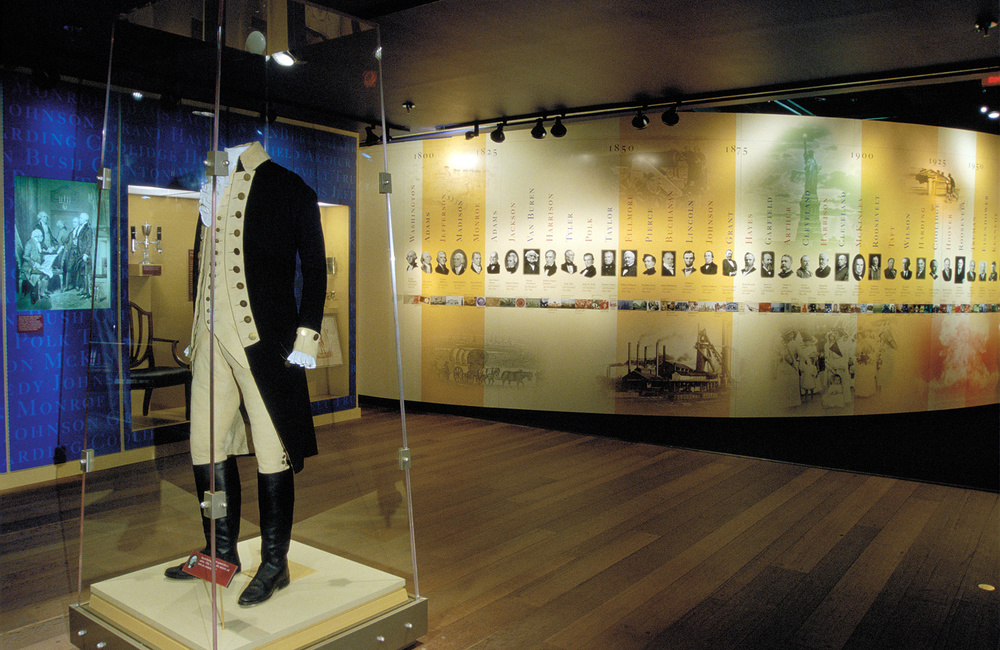After the previous post, Zac and I
met with the panel to discuss the progress we had made regarding the Lone
Sailor project. At that point, as
previously discussed we had created two mock panels for the Lone Sailor project
which included an introductory panel as well as a panel on graduation from the
Naval Academy. The two representatives that met with us and Dr Gannon were
interested in what Zac and I had put together. They discussed with us that they
had hired a graphic artist; but were concerned that their committee was putting
too much effort into appearance as opposed to substance. They liked the mock
panels that we had come with and liked the font that we had decided to use.
They made clear that they would definitely like to use our panels as one of
several options that they would be choosing from for their final result. They
then asked if we would like to come up with more examples of panels from the
remainder of the information. There is a new PowerPoint that they are supposed
to be sending us with more updated information.
I also took the time to discuss
with them what information I found regarding sound technology for their
project. The team was interested in having a component for the Lone Sailor
project that provided audio information that can be accessed by pressing a button.
Most of the information I researched encouraged this technology for indoor
exhibits and I could not find any examples on this being used outdoors due to
the technology that would have to be present outdoors. What I did give them was
information on a low cost system currently being used in an indoor low budget
museum in the UK. I was able to tell them how to install and how to purchase
these materials as well as tell them what it might cost. Dr. Gannon suggested
they look into including audio information or a digital component that can be
accessed with a QR code. We are still not entirely sure where they stand on using
audio technology with their exhibit and that will be a major factor in
determining how much text we should be including on our panels.
This week we will be having another
meeting with Dr Gannon to discuss what new information she has received from
the panel. Their graphic artist has returned some material to them and they are
concerned with what it looks like and are concerned that are several problems
with what they received. Zac, Dr Gannon and I are going to look at that today
and discuss what we think needs to be altered and what errors and issues we
find as far as what was received from their graphic designer.
When we met with the panel they
assured us they would be in touch with Zac and I personally (taking our emails)
to provide us with updated information. I have yet to receive anything other
than what we are going to be discussing with Dr Gannon today.
Zac and I also plan to create a
digital component (e.g. timeline) with the information that we have been given.















